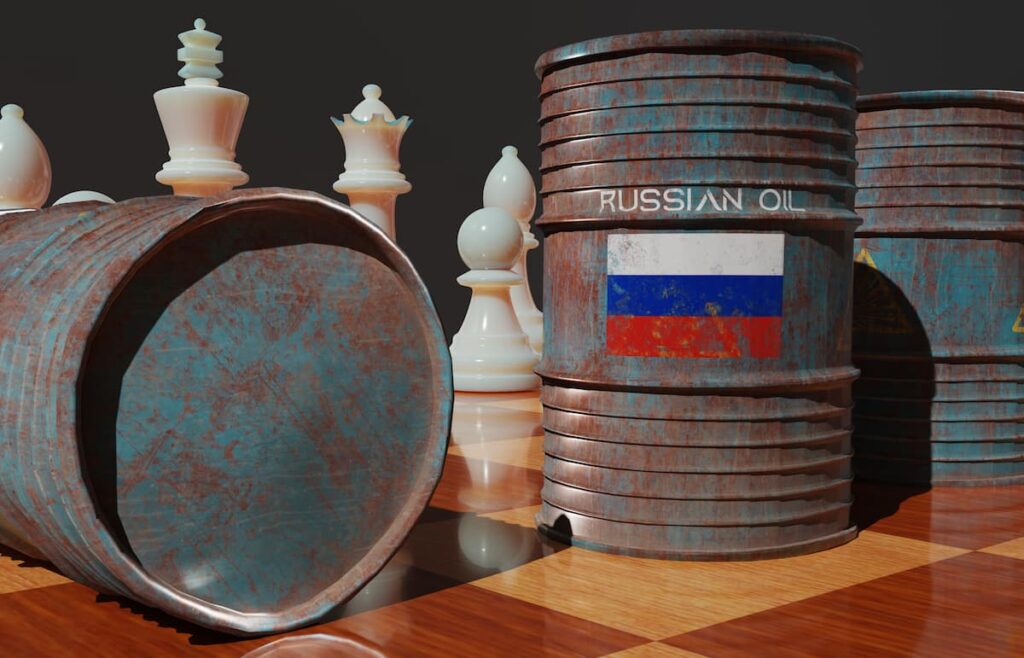New Plan Targets Buyers, Not Just Russia
President Donald Trump has unveiled a high-stakes strategy aimed at ending the war in Ukraine — not by targeting Russia directly, but by threatening punitive economic measures on countries that continue to purchase Russian oil. Chief among them are China and India, two of the world’s largest energy consumers and most critical markets.
Trump’s plan, announced this week, includes a 50-day deadline for Moscow to accept peace terms. If not, the U.S. could impose secondary sanctions, including tariffs, on nations that keep buying Russian oil. While the move is intended to choke off a key source of Russian funding, it risks sparking global oil price hikes and destabilizing the energy supply chains of multiple nations.
Russia earned roughly $192 billion in oil revenues last year, and cutting off that stream could hit hard. But with over 7 million barrels per day exported, any disruption would affect global markets. Experts warn the resulting scramble for new supply by China and India could drive prices higher — hurting not just Russia, but consumers and businesses worldwide.
Uncertainty Around Implementation and Impact
Despite the sweeping rhetoric, oil markets have yet to react strongly to the announcement. Analysts attribute the muted response to a lack of clarity around whether Trump will act and how severely. China dismissed the threat as “coercion” unlikely to bring peace, while India reiterated that securing energy was an “overriding priority” and warned against “double standards.”
The White House described the move as a “secondary sanction” policy. Matt Whitaker, U.S. Ambassador to NATO, clarified that these sanctions would not directly target Russia but the countries financing its energy sales. “It really is going to dramatically impact the Russian economy,” he said.
Supporters in Congress have backed a bill that would allow Trump to impose tariffs of up to 500% on countries that continue to import Russian oil or uranium. Dubbed the “sledgehammer” bill, the legislation is intended to force a peace settlement by severing the financial lifeline fueling the war.
Tariffs as a Risky Weapon
The risk, however, is that using broad tariffs could have unintended consequences. Russian oil accounts for over one-third of India’s imports and nearly 20% of China’s, making Russia their top supplier. If those supplies were suddenly cut, replacements would be difficult to secure quickly. OPEC’s spare capacity is limited, and bringing new production online takes time.
“If nobody is buying Russian oil, then where can we find the supplement?” said Kpler analyst Muyu Xu, who noted that prices would likely surge in response to a large supply gap. “We’re definitely going to see the prices go up quite a lot.”
That would also be politically costly for Trump, who has long criticized high energy prices. Commodity analyst Giovanni Staunovo of UBS warned that such a move contradicts Trump’s goal of keeping oil prices low.
Experts say the U.S. could extend compliance deadlines or use narrower tools, such as sanctions targeting specific entities or financial restrictions, to reduce disruption. Secondary sanctions — already used in other contexts — may be more palatable than broad tariffs and still capable of dissuading countries from dealing with Russian oil.
Geopolitical Pushback and Strategic Calculations
Despite the strong language from Washington, both Beijing and New Delhi are expected to resist pressure. China maintains deep strategic ties with Russia and has been importing large volumes of sanctioned oil from Iran for years. Indian leaders also view U.S. pressure as part of a broader pattern of unpredictable demands.
“It doesn’t fit into the agenda of low oil prices,” Staunovo noted. “There is limited capacity, and limited ways to compensate if there is a large disruption.”
Still, the threat carries symbolic weight. NATO Secretary-General Mark Rutte called on countries like China, India, and Brazil to pressure Putin or face the consequences of Trump’s proposed actions. While Brazil has become a growing buyer of Russian oil products, it is China and India that hold the most leverage.
Experts caution that Trump’s tariffs may be more symbolic than operational — a signal of U.S. resolve rather than an immediate economic weapon. “This may be more symbolic,” said Georgetown professor Gregory Shaffer. “But when it comes to signaling U.S. policy on Ukraine, symbolism matters.”


